The White Paper
White papers are in a class of their own, which is why I have dedicated an entire page to discussing them.
They share many of the same positive attributes as other long-form products, such as ample room to develop thoughts and ideas fully, repurposing, marketing performance and ROI potential.
White papers, however, are regarded as top-shelf products because of their rigor; they’re engaging, persuasive essays written in more of an academic style that provide well-researched information that usually cannot be found anywhere else. They're either heavily footnoted or sources clearly identified. They contain quotes and citations from industry leaders and subject matter experts. They utilize figures, tables and graphs. In short, legitimate white papers are among the most substantive long-form writing products out there.
They’re also invaluable pre-sale business tools that provide meaningful information to help your target audience better understand an issue (or product or service), solve a problem or reach a decision.
White papers are highly specialized, research-based documents that stop short of venturing into academia but are clearly more grown up than a blog.
White papers, typically 2500 or more words in length, are rooted in fact and substantiation and can be effectively employed throughout a sales funnel without using any hyperbole or heavy sales dialogue. There are no hard and fast rules regarding how or what a white paper must focus on or look like, but at their most dressed up, they typically go something like this:
Front matter for an engaging cover page, abstract, executive summary and table of contents. 2-3 pages.
A middle section to present your idea using in-depth research and analysis, irrefutable proof from known experts, appealing graphics and persuasive, well-crafted prose. 5-7 pages, sometimes more.
Back matter for a summary or conclusions, footnotes, recommendations, next steps, further reading, company about or contact with a call to action. Again, 2-3 pages.
Not all white papers need every feature listed above. Generally speaking, features track with the scope and complexity of the effort; smaller, more straightforward efforts may only need the basics, while more complex projects may need all of them.
Most white papers fall into three basic categories, each effectively targeting a different part of a sales funnel (top, middle or bottom). Click below to see more details about each one.
-
This, the most complex type of white paper, addresses an industry-wide theme and is most commonly known as a position or problem/solution paper. It’s an in-depth evaluation and discussion of a known business challenge that presents a new and improved way to solve it with a novel idea, product or service. But it does so with limited mention of your organization as a solution; this paper takes the high road and informs the audience and does not try to sell them anything directly. In some instances, this type of white paper can be used to redefine an entire space.
The problem/solution paper has broad appeal and is best employed at the top of the funnel to educate, generate new leads and establish you as a recognized authority. A typical title might be something like Managing Organizational Change with AI Software. What business leader is not going to pick that up and at least look at the executive summary?
Here are some pros and cons to think about as you consider timing, resources and marketing strategy.
PROS
they’re the best lead generators: because they address broad industry challenges, they typically draw the most interest
they have the longest shelf life: fundamental change in the industry usually must occur before this type of white paper loses its effectiveness
they have the best ROI: most leads + longest shelf life = best return on your marketing investment, even if production costs are slightly higher
CONS
most challenging to produce, can be time-consuming and expensive to create: requires serious research and analysis, interviews, irrefutable proof from known experts, stellar graphics and persuasive prose to tie it all together
-
The second type works well in the long middle of a funnel and is designed to nurture your existing prospects. The simplest to create and easiest to read, the numbered list will have titles such as 7 Things to Consider Before Investing in Change Management Software or 5 Ways Organizational Change Can Get Away From You.
These can be a little livelier and less formal, a chance to say something provocative to get some attention for your organization or an opportunity to ghost a competitor. But homework and substantiation are still essential.
Here are some pros and cons to think about as you consider timing, resources and marketing strategy.
PROS
simplest to design and write: closer to writing “X” number of individual short stories than supporting one long continuous position
easiest to read: short format devoid of formal abstracts, conclusions or footnotes
easiest to repurpose: popular content style, they’re ready to republish or split into separate blog posts
CONS
can be shallow and easily dismissed: just not the best format to support deep discussion or in-depth research
overuse: think about how often you encounter this format in social media or other publications
-
Formality returns in the last type, which is best employed at the bottom of a funnel and is known simply as a background paper. These are intended for evaluators and decision-makers close to making a final purchasing assessment.
Background papers are a deep dive into a singular product or service and highlight its business benefits. Appropriately, they focus on features, functions, benefits, cost of ownership, ROI, and performance and specification details. Basically, they explain why this offering does it better than anything else on the market.
Here, the title betrays the contents and maybe the audience. Something like Machiavelli’s 4.0 Change Management Software: An Evaluator’s Guide.
Here are some pros and cons to think about as you consider timing, resources and marketing strategy.
PROS
simple to research: most everything needed for this white paper, including experts and product documentation, is already in-house
highly adaptive structure: puts a laser focus on the whole product or selective features, benefits or other attributes (e.g., ROI, security, longevity, service, etc.)
CONS
limited shelf life: useful so long as the product or service is current, may lose its draw with a new product update or model (not to say it can’t be updated, depending)
not a good lead generator: the intended audience likely already knows about your organization and is in the process of making a purchasing decision
Looking beyond the funnel, use white papers to demonstrate authority with visionary content (behold the future), market research (redefine a space) or pure technical or other presentations (promote knowledge and education). Again, there are no hard and fast rules about structure or format. The important part is that you clearly understand your purpose for writing one and who your intended audience is.
Click below for some additional thoughts on timing and usage, hybrids and repurposing that can help your intended audience better understand an issue, product or service, solve a problem or make a decision.
-
Knowing when and where to deploy each type of white paper is key. Audiences looking for broad solutions to address their challenges are looking for new approaches, not necessarily specific product recommendations. Yet. Conversely, audiences at or near the decision point do need specifics. And those leads you haven’t heard from in a while? Maybe a numbered list is just what they need to remind them you’re still out there with the best solution.
So, here are some additional thoughts on timing and usage to consider.
PROBLEM/SOLUTION paper
at the top of a sales funnel to generate new leads
to propose sweeping new concepts, address industry challenges and solutions
to position a company and build mindshare
to educate sales and marketing teams, channel partners and analysts/ journalists
NUMBERED LIST
in the long middle of a sales funnel to cultivate and communicate with prospects
to get attention, maybe with something provocative
to ghost a competitor’s solutions
to feed bloggers and journalists
BACKGROUND paper
near the bottom of a sales funnel to support a buyer’s technical evaluation
to support an already robust industry position
to support the launch of anything new (e.g., product, process, upgrade, discovery, etc.)
to educate sales and marketing teams, channel partners and analysts/ journalists
-
It’s tempting to consider combining the three types of white papers in some manner to conserve marketing resources and create a single document that can meet all your goals. But trying to merge a paper designed to address a broad industry challenge with one designed to focus very specifically on a singular product, for example, just doesn’t work; you’ll probably wind up with something that does neither very well. And trying to combine all three is going even farther in the wrong direction.
There are, however, two viable combinations worth mentioning. If you recall, one of the goals of the numbered list is to get attention. Both the problem/solution and background paper can successfully integrate a numbered list to do this and still support the paper’s primary objectives (generating leads or creating profitable events).
Use a problem/solution-numbered list hybrid to add multiple dimensions to the broad challenge you will discuss. For example, 3 Looming Factors in Society That Will Force Change in Your Organization.
Use a background paper/numbered list hybrid to support a product launch by making the inventory of features, benefits - whatever you were going to focus on - the list. For example, 5 New Breakthrough Capabilities in Machiavelli’s 4.0 Change Management Software.
Other goals can be combined as well, such as ghosting a competitor or educating channel partners. Just remember that both hybrids will probably have to sacrifice some degree of formality to make them more attractive and readable to a larger audience that is more likely to reach for a numbered list.
-
Like all long-form content, one of the finest attributes of white papers is that they can be repurposed for a multitude of uses well beyond the initial project with little additional effort and expense. By type, here are some possibilities.
PROBLEM/SOLUTION paper
multiple blog posts: break the problem/solution into a multi-part blog series each with a call to action to download the full paper
a slide deck: convert the problem/solution journey to a series of slides but stick to the high road and only mention your company with a call to action near the end
a webinar: a natural follow-on to the slide deck, record a presentation and make it available on your website or YouTube channel
a conference presentation: look for opportunities to repurpose your problem/solution paper as a full-blown production
a placed article: contact editors at trusted publications and see what’s possible
NUMBERED LIST
multiple blog posts: each point can become an individual post with a call to action to download the full paper
a guest blog post: rewrite/reorder slightly (for SEO) and contact industry associations, forums, journals or other bloggers who cover your space
an e-newsletter article: tweak and publish the introduction or executive summary and include a call to action to download the full paper
a placed article: contact editors at trusted publications and see what’s possible
BACKGROUND paper
a press release: in conjunction with the product launch, include a call to action to download the full paper
a slide deck: the detailed structure of the background paper also easily converts to a series of slides
a webinar: as above, record a presentation and make it available on your website or YouTube channel (if applicable, the slide deck and webinar can both be a product demo)




